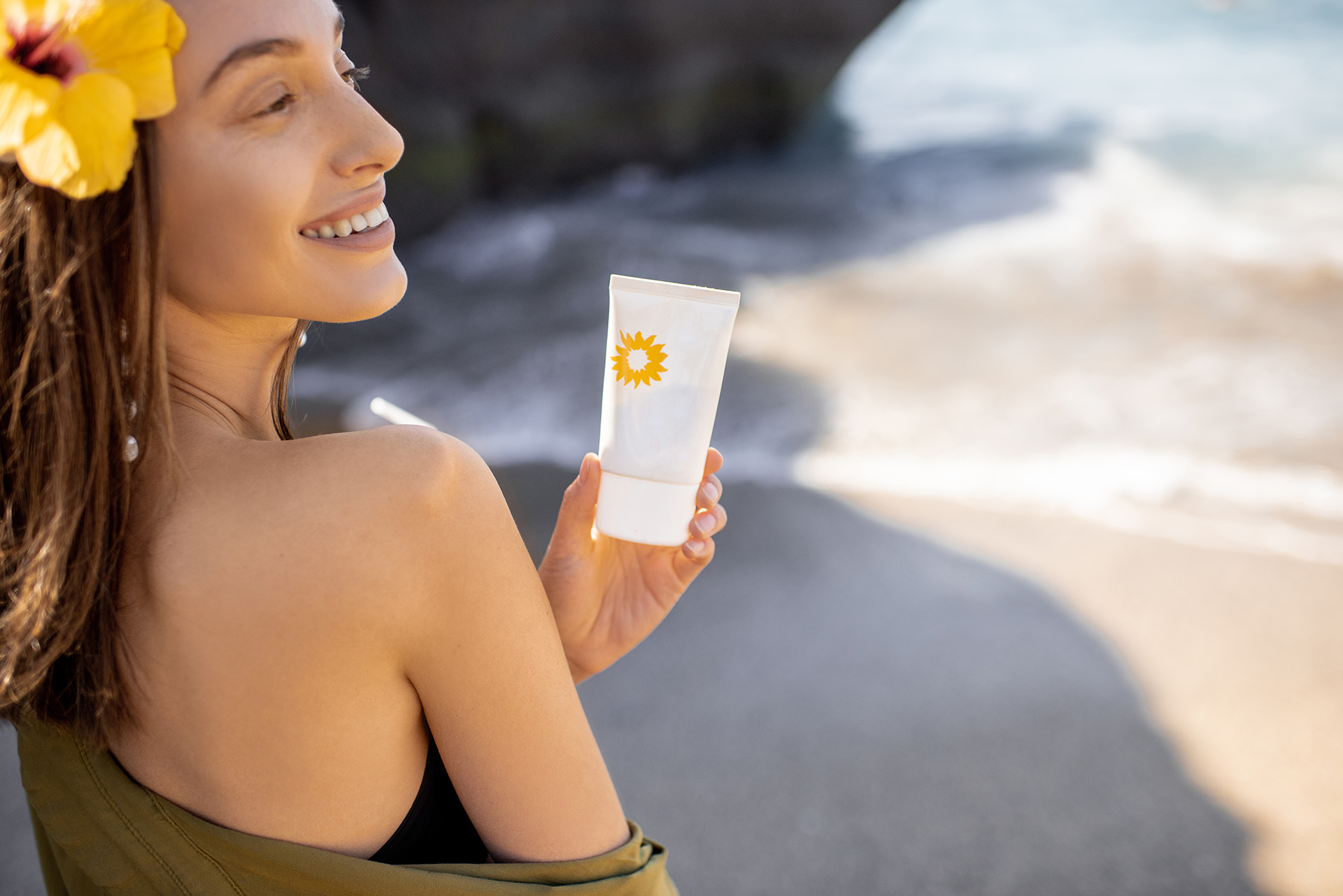It’s April in Burlington, Vermont and that means warmer weather and extended sunshine is right around the corner. In this post, we’ll break down the Sun Protection Factor and discuss the importance of protecting your skin against our life-giving Sun’s harmful radiation.
What exactly is an SPF number?
SPF stands for Sun Protection Factor. Essentially, this number specifies the level of protection against ultraviolet B rays. More specifically, it details the amount of UV radiation it takes to sunburn while wearing sunscreen in comparison to how much UV radiation it takes to sunburn without wearing sunscreen.
The higher an SPF number, the greater amount of protection a sunscreen has. For clarification, SPF is not how long you may remain in the sun before getting sunburned. Instead, it refers to the quantity of UV radiation it protects against.
Protection from the Sun’s rays is vital as UV rays can cause skin cancer, premature aging, eye damage, and immune system suppression.
What does this mean for you?
A wide range of factors must be considered before deciding which sunscreen is appropriate for you. Firstly, the Sun is more dangerous at different times throughout the day. For instance, you could receive the same amount of UV radiation from 9am to 10am as you would from 1pm to 1:15pm. Skin tone, type of clothing, proximity to the equator, and amount of shade are all factors that should be accounted for as well.
Generally speaking, it is best to find a sunscreen that is at least SPF 30, water-resistant, and offers either “full spectrum” or “broad spectrum” coverage. All sunscreens will protect against UVB rays, but sunscreens without a wide coverage spectrum may not protect against UVA rays.
Should I simply purchase sunscreen with the highest SPF?
The most extensively debated question in the realm of sunscreens. SPF 2 blocks 50% of UV rays, SPF 30 blocks 97%, and SPF 100 blocks 99%. There are diminishing returns as SPF increases beyond 30, which is why it’s commonly stated that SPF 30 is sufficient with proper usage.
Proper usage means applying a shot-glass amount of sunscreen 15 minutes prior to going outside, reapplying every two hours, and wearing lightweight, sun-protective clothing and a brimmed hat.
Is there a safe way to tan?
Unfortunately, no. Every time you tan, you are damaging your skin. A “base tan” is a common misconception and will not protect you from excess sun damage.
With spring and summer on their way, it’s time to get serious about sun protection. Stop in or give us a call and we’d be happy to help you choose the best SPF for your skin.
Sources
- Brannon, H. L. “What Does the SPF Number Mean? Understanding Sun Protection Factor.” 10 Oct. 2023, Verywell Health.
- Rosen, Aliza. “9 Things to Know about Sun Safety and Skin Cancer.” Johns Hopkins Bloomberg School of Public Health, 28 Mar. 2024.
- “Sunscreen FAQs.” American Academy of Dermatology. 19 Oct. 2023.

